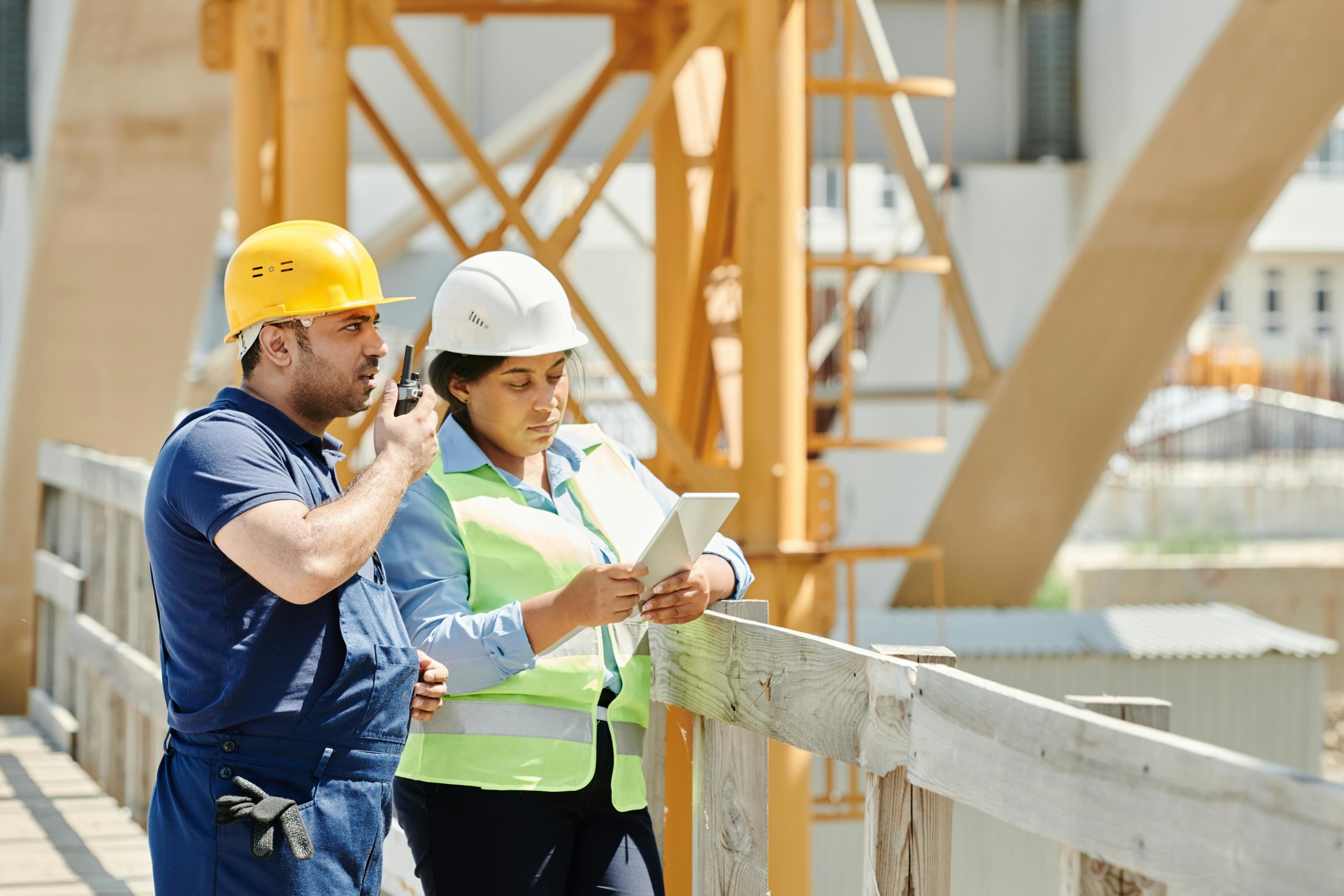As autumn brings wetter conditions, workplaces — especially construction sites — face increased hazards. Managing these risks is crucial for preventing accidents and ensuring the safety of workers. Here’s how wet weather impacts safety and practical ways to minimise risks.
Common Hazards of Wet Weather
Wet weather introduces a range of challenges that can increase the likelihood of accidents. The combination of rain, muddy surfaces, and slippery conditions can create an environment where hazards are heightened.
- Slips, Trips, and Falls
One of the most common risks during wet weather is slips and trips. Surfaces become slick, increasing the likelihood of falls. Construction sites are particularly vulnerable due to uneven ground, loose materials, and changes in elevation. Ensure that pathways are cleared regularly and consider using anti-slip mats or grating in high-traffic areas. - Poor Visibility
Rain, fog, and reduced daylight during the autumn months can impair visibility, increasing the chances of accidents, particularly when operating heavy machinery or vehicles. Proper lighting and the use of high-visibility clothing are essential for maintaining clear visibility on site. - Equipment Malfunctions
Wet conditions can damage machinery and electrical equipment, leading to potential malfunctions or breakdowns. Water ingress into electrical components or engines can result in dangerous situations if not addressed quickly. Ensure that equipment is regularly inspected, covered when not in use, and that proper maintenance routines are in place. - Unstable Structures and Materials
Rain can soften the ground and weaken the stability of scaffolding or other structures, making them prone to collapse. Loose materials such as tarps or debris can become slippery or be blown away in windy, wet conditions, creating additional hazards.
Practical Solutions for Managing Wet Weather Risks
To minimise the risks posed by wet weather, it’s essential to adopt proactive measures that help protect workers and maintain safe operations on-site:
- Improve Drainage
Ensure your site has proper drainage systems in place to prevent water pooling. This can reduce the risk of slips and trips while keeping pathways clear of standing water. - Use Appropriate Footwear
Workers should wear footwear with adequate grip to reduce the chance of slipping on wet surfaces. Waterproof, slip-resistant boots are ideal for wet conditions. - Inspect and Maintain Equipment Regularly
Wet weather can cause significant wear on machinery and tools. Establish a routine for inspecting equipment during wet weather periods, paying special attention to any exposed electrical components or moving parts that could be affected by moisture. - Secure Loose Materials
High winds often accompany wet weather, making it essential to secure materials that could be blown across the site or become hazardous. Cover exposed materials and store loose items in sheltered areas when possible.
Stay Informed with Regular Training
Keeping your team informed and trained is vital for managing wet weather risks. At Acadame, we offer safety training courses, including confined space training and working at height courses, which can help your workforce stay safe in all conditions. Regular training ensures that workers remain vigilant and prepared, even as weather conditions change.
By understanding the specific challenges wet weather poses and taking steps to mitigate risks, you can help keep your job site safe throughout the autumn and winter months.




